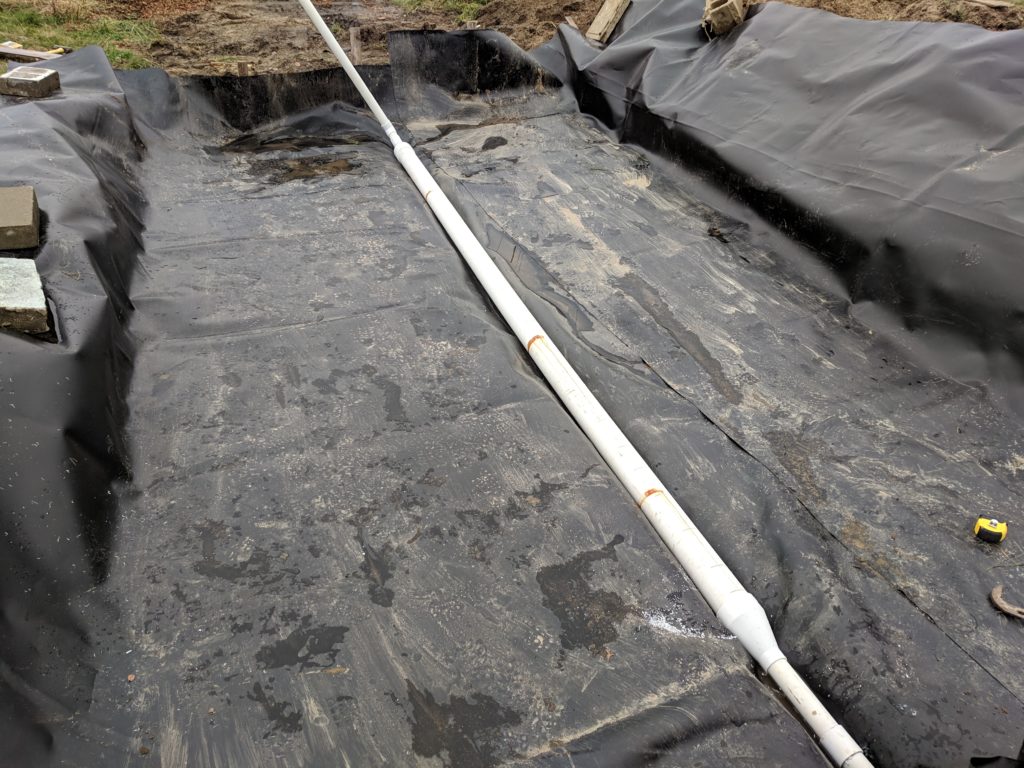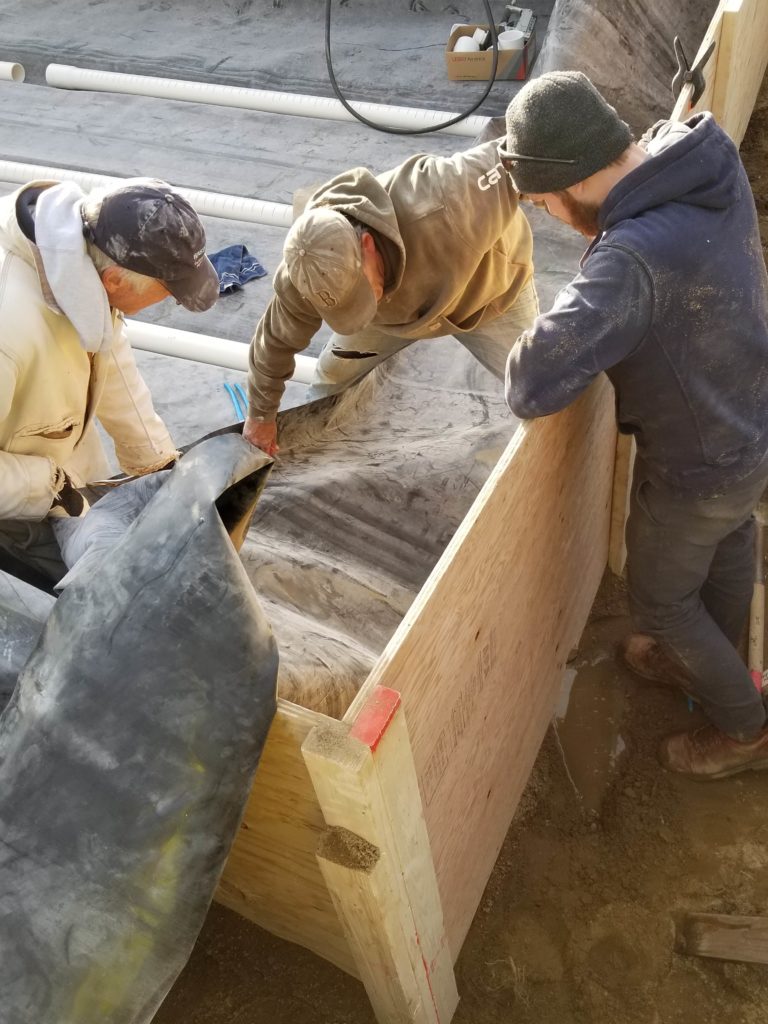A Soil Absorption System (a.k.a. “leachfields”) comes in all sizes, particularly for the ones tested at MASSTC. Depending on the technology being tested, a leach field can take up an area not much bigger than a computer desk, or can be ask large as a swimming pool. They can also range in depth from 1 to 6 or more feet.
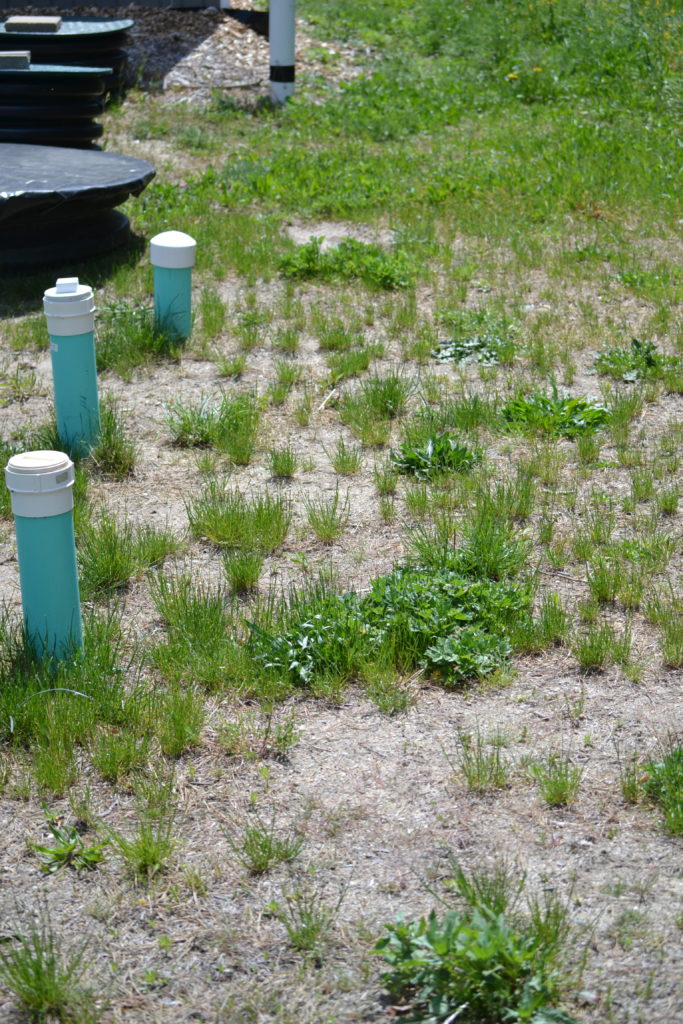
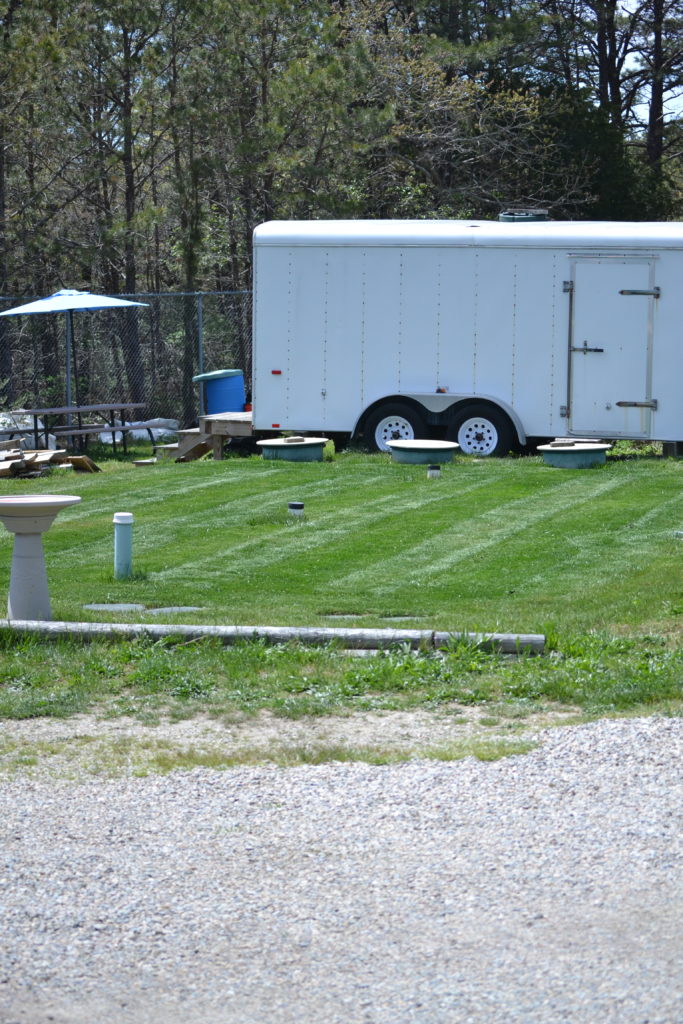
Each soil absorption system project has varying needs for sampling too, depending on what contaminant the leachfield is trying to remove. Some may need nitrogen testing. Others phosphorus. Still others focus on pathogens such as E. coli.
In order to see how a leachfield is doing at removing a particular contaminant, we have to collect a sample at the bottom of the treatment media (usually sand). There are a couple of ways to do so: with an instrument called a lysimeter, or by building a big bathtub underneath.
Lysimeters
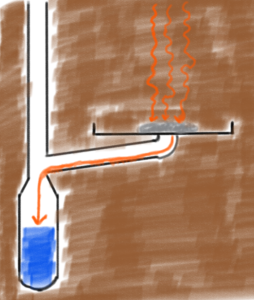
A lysimeter is just a fancy term for something that collects moisture from soil for testing. Lysimeters come in a variety of designs. Which lysimeter is chosen depends on the characteristics of the soil and how much moisture is expected to be present. We primarily use two types: suction lysimeters and pan lysimeters.
Big Bathtubs
When we want to look at contaminant removal across an entire leachfield system profile, we use a “test cell” that is akin to a very large bathtub: a large rubber or plastic sheet that is shaped like a bathtub to catch everything coming out of the system being tested. Like a bathtub, the test cell has a drain in the bottom to allow the collected effluent to continue on it’s merry way and also so that we can take a water sample for lab testing.
